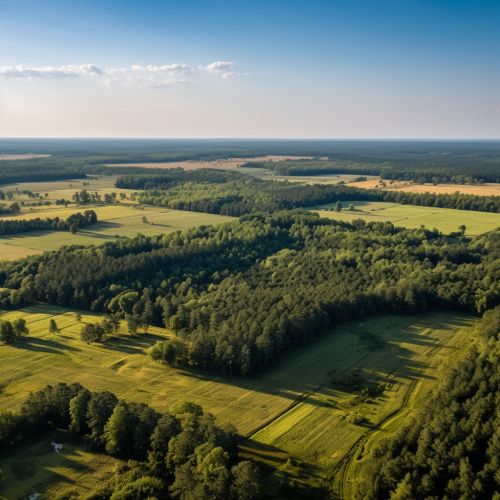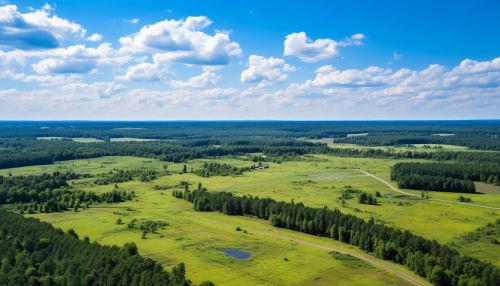Delaware
Geography
Delaware, the second smallest state in the United States, is located in the Mid-Atlantic region. It is bordered to the north by Pennsylvania, to the east by the Delaware River, Delaware Bay, New Jersey and the Atlantic Ocean, and to the west and south by Maryland. Despite its small size, Delaware's geography is quite diverse, with the northern part of the state lying in the Piedmont region and the southern part extending into the Atlantic Coastal Plain.


History
Delaware's history dates back to at least 10,000 years ago when Native American tribes, including the Lenape and Nanticoke, first inhabited the area. The first European settlers arrived in the early 17th century, with the Dutch West India Company establishing the colony of New Netherland, which included parts of present-day Delaware. Control of the region was contested by the Dutch, Swedish, and British until 1682 when the British took final control. Delaware was one of the Thirteen Colonies that revolted against British rule during the American Revolution and was the first state to ratify the United States Constitution, earning it the nickname "The First State".
Economy
Delaware's economy is diverse and robust, with key sectors including finance, manufacturing, agriculture, and services. The state is known for its business-friendly laws and regulations, which have attracted more than half of all publicly traded companies in the U.S. to incorporate in Delaware, including many Fortune 500 companies. The finance sector, particularly banking and credit card services, is a major contributor to the state's economy. Manufacturing, particularly the automobile and chemical industries, also plays a significant role. Agriculture remains important, with Delaware being a major producer of poultry, soybeans, corn, and dairy products.
Government and Politics
Delaware's government is structured according to the Constitution of Delaware, which provides for a separation of powers among the executive, legislative, and judicial branches. The Governor of Delaware is the chief executive, while the Delaware General Assembly is the state's bicameral legislature. Delaware's judiciary is renowned for its Delaware Court of Chancery, which handles cases involving corporate law. Politically, Delaware has a history of political moderation, with power often alternating between the Democratic and Republican parties.
Demographics
As of the latest census, Delaware's population is diverse, with a mix of races and ethnicities. The state has seen significant growth in its Hispanic and Asian populations in recent years. English is the most commonly spoken language, but a significant number of residents also speak Spanish. The state's population is fairly evenly distributed between urban and rural areas, with the largest city being Wilmington.
Education
Delaware has a strong education system, with a mix of public and private schools, as well as several well-regarded colleges and universities. The University of Delaware, located in Newark, is the largest higher education institution in the state and is known for its programs in business, engineering, and education.
Culture
Delaware's culture is a blend of northern and southern influences, reflecting its location in the Mid-Atlantic region. The state is known for its annual Pumpkin Chunkin festival, as well as its rich history of American folk music. Delaware's cuisine is influenced by both its coastal location and agricultural heritage, with seafood and chicken being staple foods.
